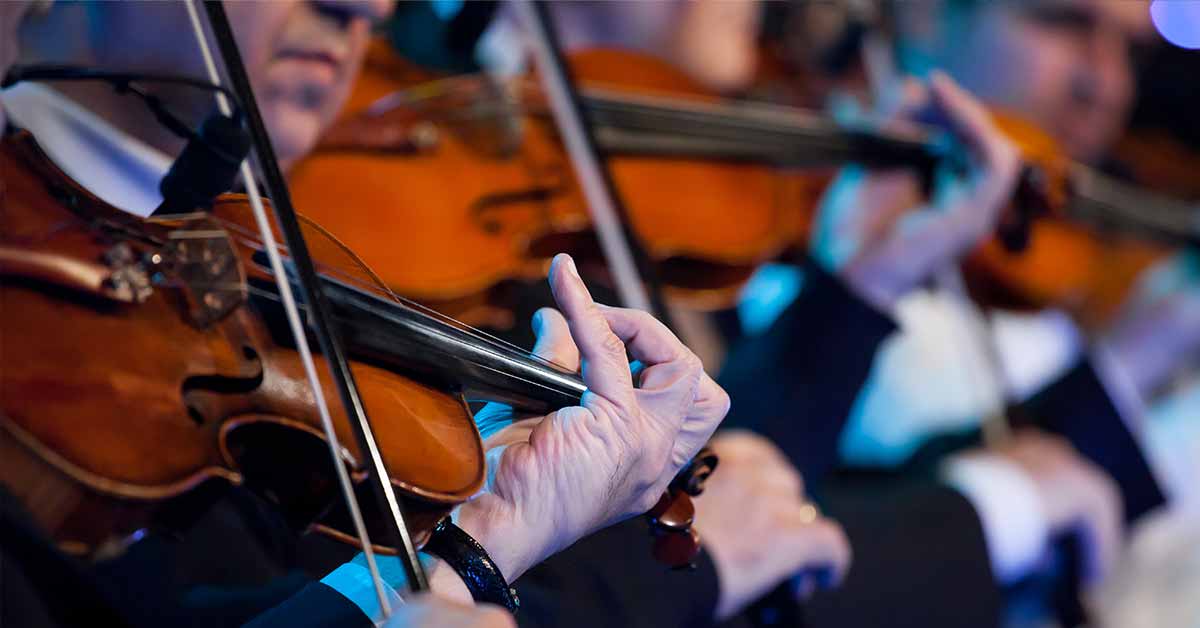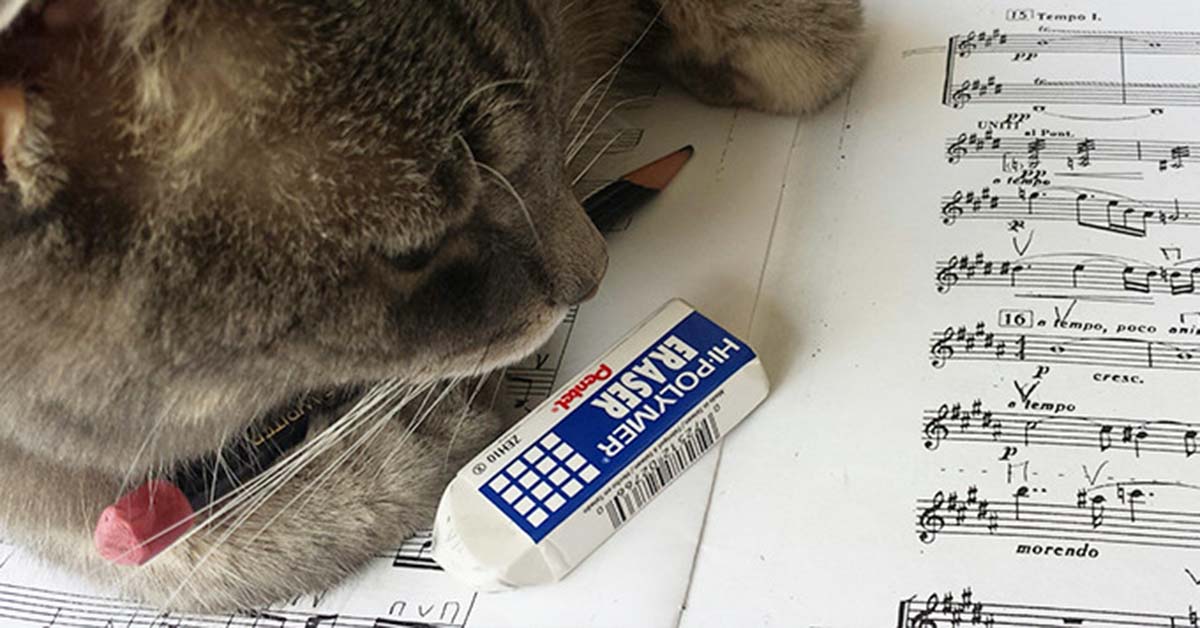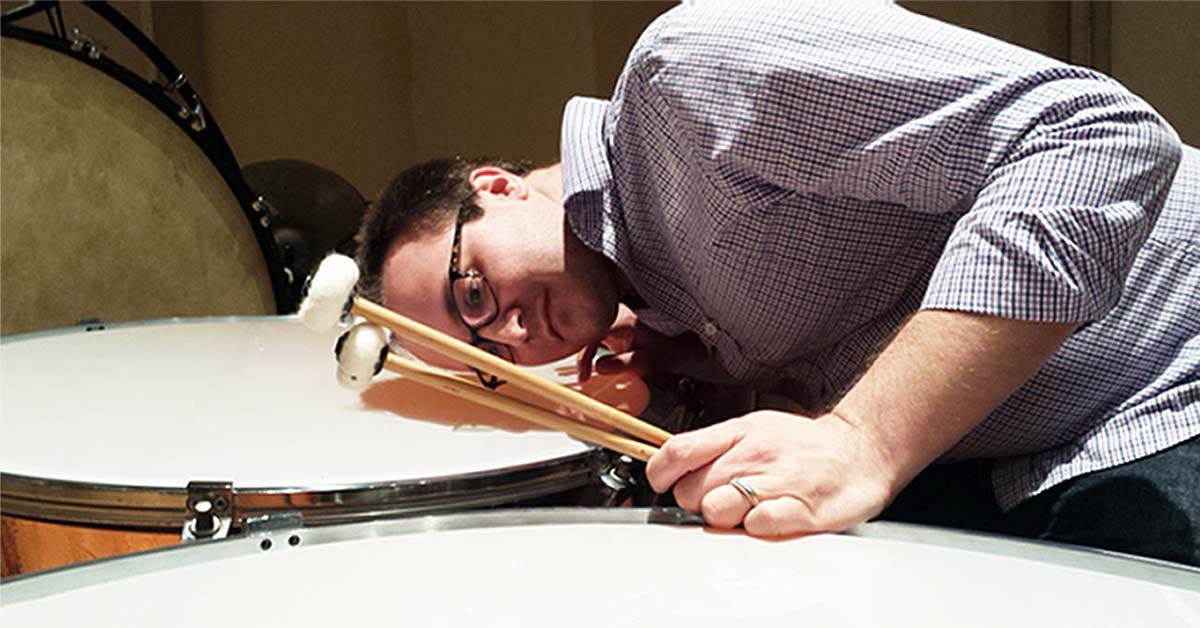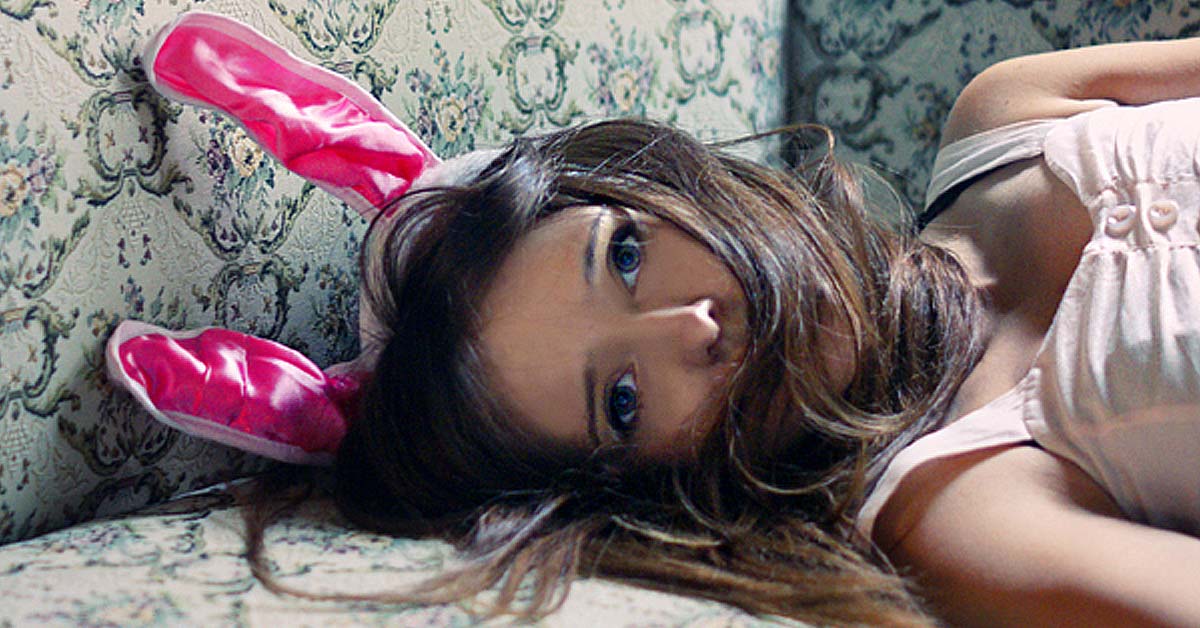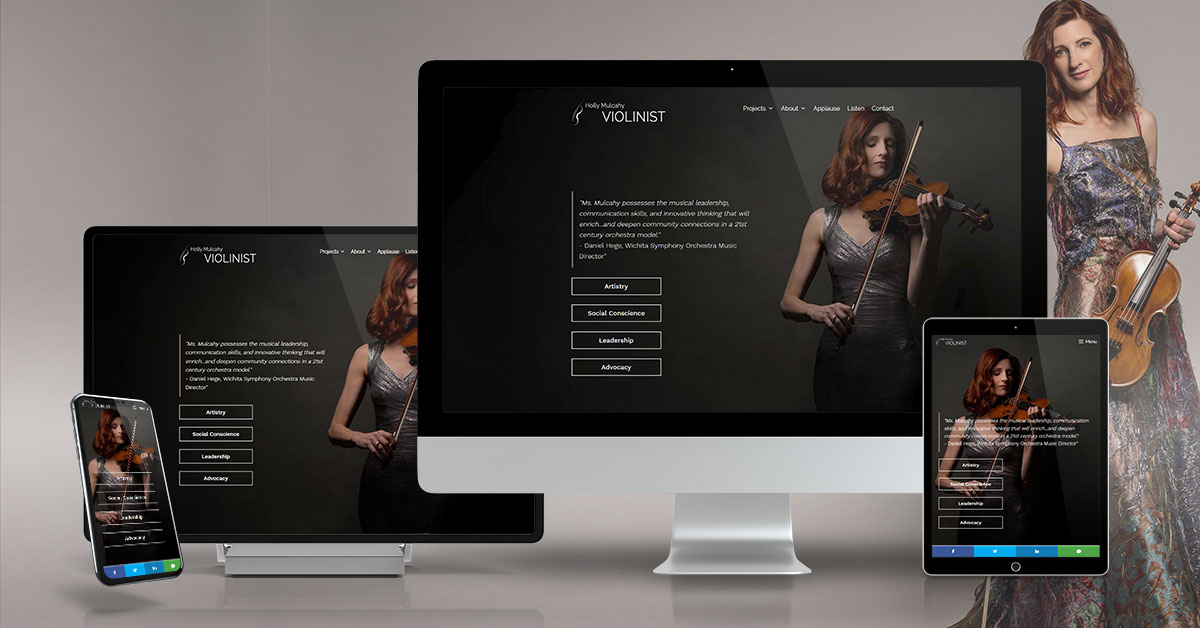Looking for a workplace perk that boosts productivity, reduces sick days, and keeps employees engaged? The answer isn’t another wellness app or free snack bar, it’s in the arts. Subsidizing tickets to concerts, plays, or museums isn’t just a feel-good gesture; it’s a cost-effective, data-backed investment.
The benefits of arts engagement go beyond smiles and applause. A major UK study quantified the impact of cultural engagement on health, wellbeing, and productivity, and the results are hard to ignore:
- Individual Impacts: Improved quality of life (QoL) measured in Quality-Adjusted Life Years (QALYs). One QALY represents a year of perfect health, and the value of a single QALY is estimated at £70,000 (roughly $88,087) by HM Treasury standards. Cultural engagement improves QoL, contributing to measurable health and happiness gains.
- Health and Social Care Savings: Participation in cultural activities reduces the need for costly healthcare interventions. For example, individuals over 65 who participated in an arts program saved an average of £1,310 (roughly $1,648) per person in healthcare costs over three months, due to fewer visits to general practitioners and improved overall wellbeing.
- Wider Societal Benefits: Cultural engagement enhances productivity, both paid and unpaid, by reducing stress, anxiety, and depression while improving focus and energy.
Even focused arts initiatives can yield significant benefits. For instance, visual art therapy has been shown to improve pain management and quality of life for individuals diagnosed with cancer, offering a scalable model for clinical and workplace settings alike.
At Arts Capacity, we’ve seen these transformative effects firsthand over the past eight years. By bringing collaborative arts programs into correctional facilities, we’ve measured improvements in emotional intelligence, reduced stress, and proved fewer behavioral incidents. If the arts can create this level of positive change in prisons, imagine the potential in your workplace.
Here’s why this initiative matters for your business:
- Health Savings: Healthier employees mean fewer sick days and reduced healthcare costs.
- Increased Productivity: Happier employees work more effectively, stay engaged, and are more likely to innovate.
- Employee Retention: Offering unique benefits like arts access shows employees you value their wellbeing, reducing turnover costs.
Subsidizing tickets or partnering with local arts organizations isn’t just about being a good employer, it’s a sound investment. With every QALY gained, your company stands to benefit financially while fostering a workplace culture of creativity, wellness, and connection.
For eight years, Arts Capacity has proven that collaborative arts can change lives in unexpected places. Bring that power to your workplace. Buy the tickets. It’s not just good for employees, it’s great for business.
P.S. Providing tickets to cultural events is only the first step—getting employees to use them is where the real impact happens. Companies can boost participation by offering incentives like rewards or raffle entries, organizing team outings, and making events family-friendly. Highlighting the benefits of reduced stress and improved creativity, or framing attendance as part of professional development, can also help. When employees feel supported and excited to engage, the return on investment is undeniable.



